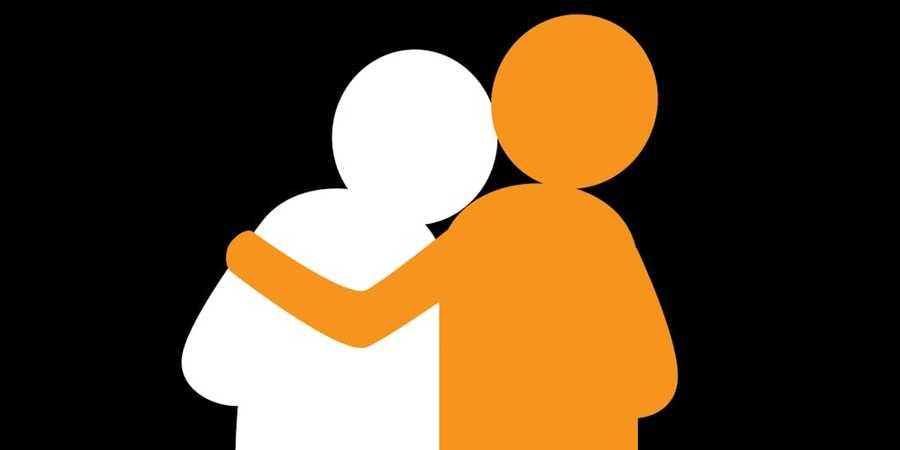The difference between empathy and compassion
- Empathy is about stepping into someone's shoes.
- Compassion is a feeling of concern for another person's suffering, which moves the person to help.
To be compassionate, you don't have to share somebody's feelings. It's the idea of extending kindness towards others.
281
1.11K reads
CURATED FROM
IDEAS CURATED BY
The idea is part of this collection:
Learn more about personaldevelopment with this collection
The power of gratitude and positive thinking
Ways to improve your mood
Simple daily habits for a happier life
Related collections
Similar ideas to The difference between empathy and compassion
The three types of empathy
Empathy is the ability to share another person's emotions after having reached a good understanding of their suffering. There are three main types of empathy:
- Cognitive empathy, which is defined as the ability to understand and to share someone else'...
Where empathy comes from
Empathy is a process of thinking and emotion.
- We need our reasoning skills to understand another person's thoughts, feelings, reactions, concerns, and motives.
- We need the emotional capacity to care for that...
Types of empathy
There are different types of empathy that a person may experience:
- Affective empathy involves the ability to understand another person's emotions and respond appropriately. Such emotional understanding may lead to someone feeling concerned for another ...
Read & Learn
20x Faster
without
deepstash
with
deepstash
with
deepstash
Personalized microlearning
—
100+ Learning Journeys
—
Access to 200,000+ ideas
—
Access to the mobile app
—
Unlimited idea saving
—
—
Unlimited history
—
—
Unlimited listening to ideas
—
—
Downloading & offline access
—
—
Supercharge your mind with one idea per day
Enter your email and spend 1 minute every day to learn something new.
I agree to receive email updates
